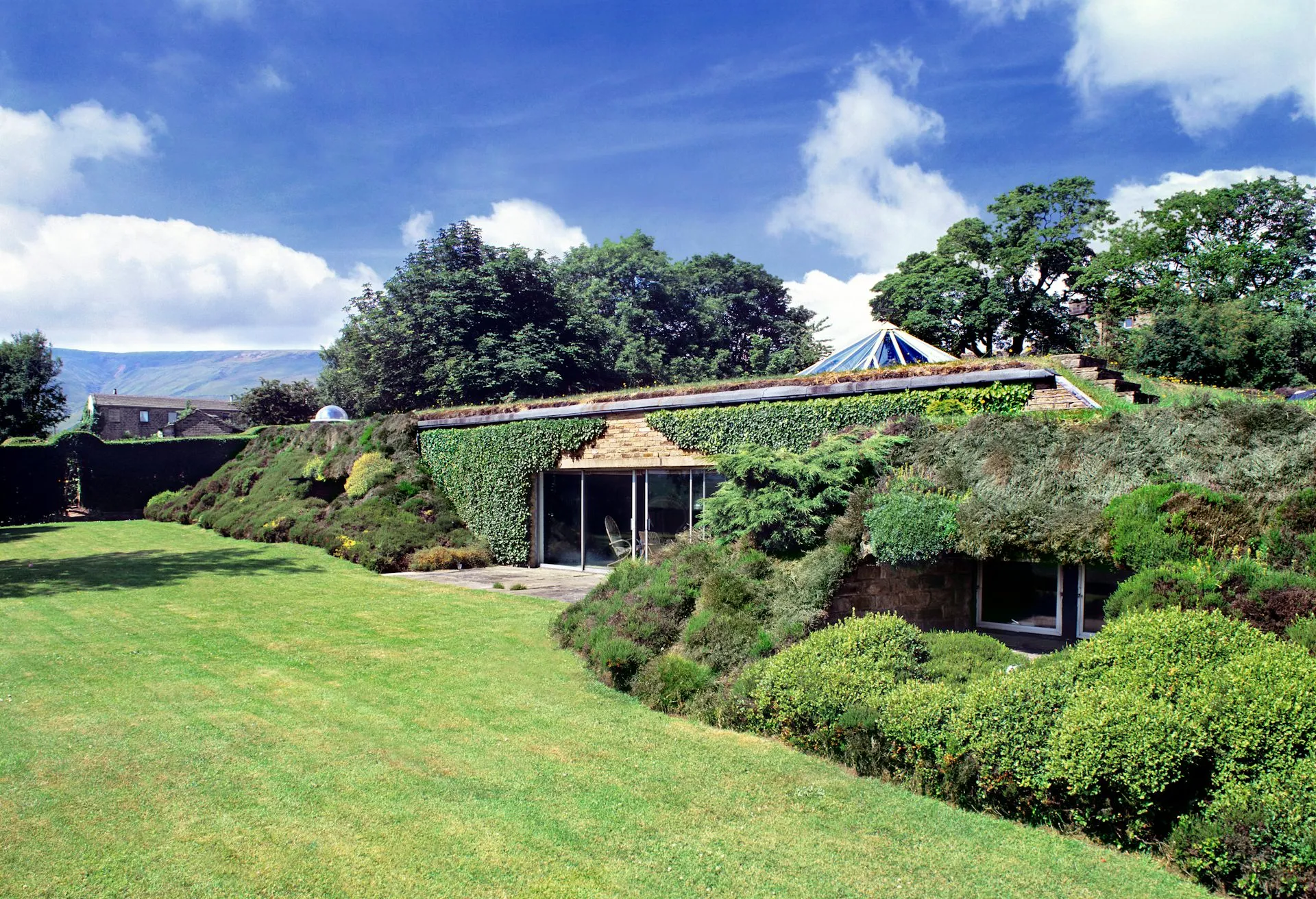Built Environment Innovations: Design Strategies for Heatwave Resilience

Innovative Strategies in the Built Environment
In addressing the pressing challenges of climate change, the built environment plays a pivotal role. Architects are embracing ingenious designs that ensure buildings remain cool during heatwaves without relying on air conditioning. By integrating sustainable practices and principles, they create structures that not only enhance comfort but also align with ecological goals.
Key Design Features for Cooling
- Passive House principles to improve energy efficiency.
- Strategic orientation of buildings to maximize natural ventilation.
- Green roofs that mitigate heat absorption.
Educate Me: Understanding Climate Resilience
The importance of the built environment in promoting sustainability cannot be overstated. By prioritizing climate resilience, architects educate communities on the benefits of eco-friendly construction. The focus is on achieving harmony with nature while ensuring the needs of the inhabitants are met.
This article was prepared using information from open sources in accordance with the principles of Ethical Policy. The editorial team is not responsible for absolute accuracy, as it relies on data from the sources referenced.